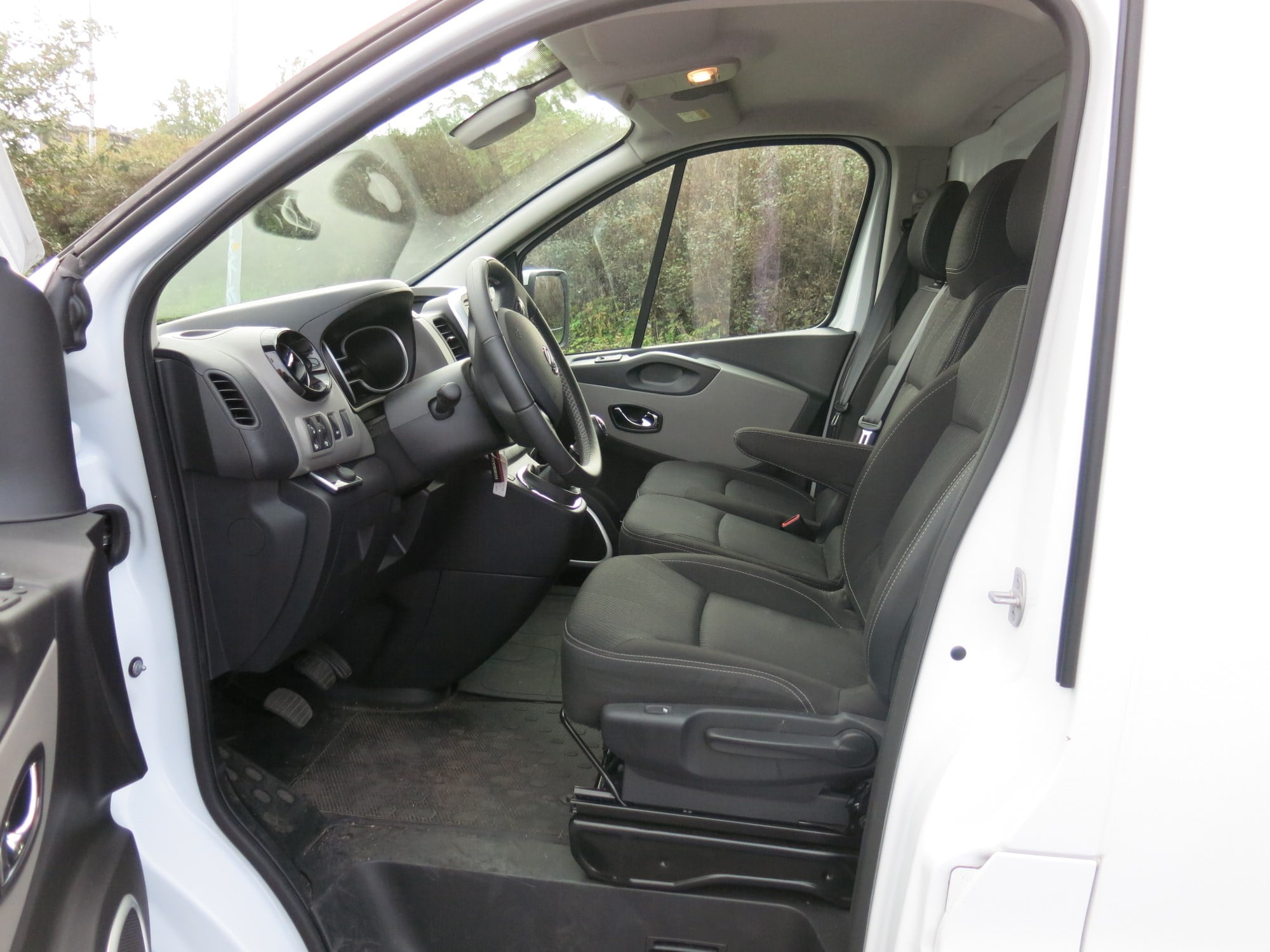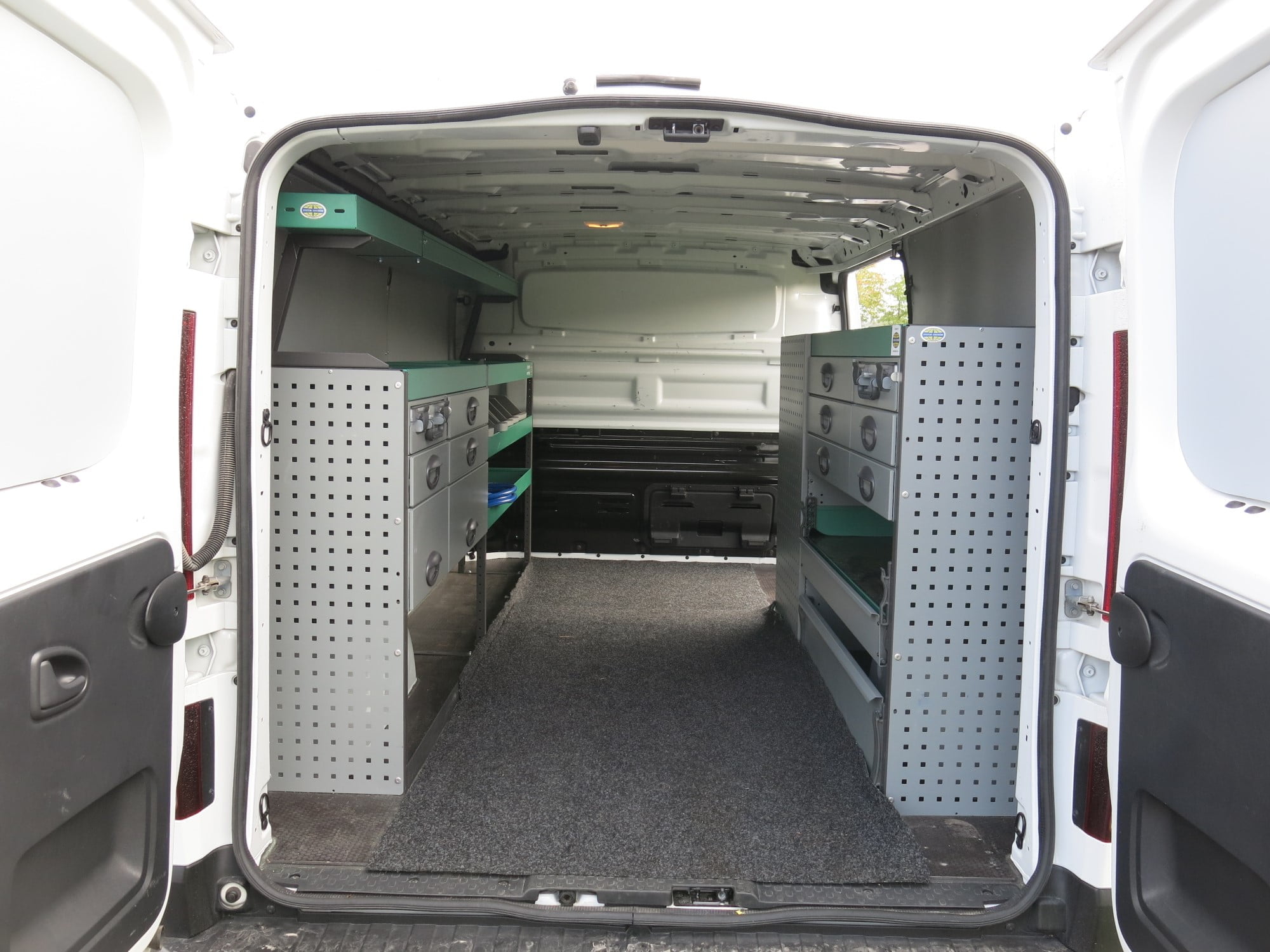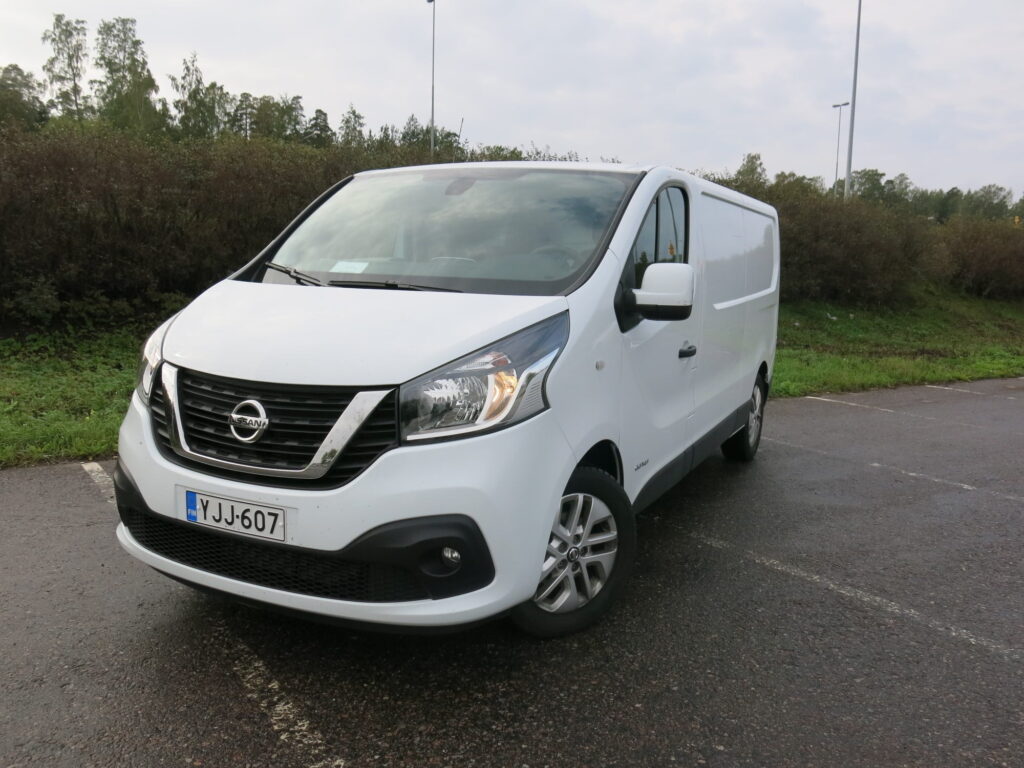The best-known Nissan car in Finland is undoubtedly the Nissan Qashqai. In addition, Nissan has other passenger cars, including the electric Nissan Leaf.
Not everyone may remember that Nissan also makes vans. One model is even available in an electric version, the e-NV200.
We tested Nissan’s mid-size, or so-called tonne-class, NV300 van.
The Nissan NV300 is available as an interior model from three other brands. In addition to Nissan, the Renault Trafic, Opel Vivaro and Fiat Talento are also available.
The Nissan NV300 van is available in two lengths and two roof heights. The test vehicle was a basic long model with a wheelbase of almost 3.5 metres and an overall length of almost 5.4 metres.
The standard-height model has a boot height of 1.387 metres and an overall height of less than two metres.

Passenger car
When driving a modern van, you may not always remember that you are behind the wheel of a van. My own experience of vans dates back to the 1970s, and the change from the vans of that era is quite remarkable.
In the old days, vans were seen as tools, and little thought was given to driver comfort and ergonomics. Now it is quite different.
The Nissan NV300 is no exception. The cabin is like that of any passenger car.
The basic design of the cabin is very functional. The steering wheel is adjustable in height and depth. The driver’s seat is quite adjustable lengthwise.
The test car had a cruise control. It worked well and made driving at highway speeds much easier.
The spacious door pockets are annoyingly low, making them very difficult to use while driving, for example. There is storage space for larger items under the middle seat.
The cabin has three seats, and the backrest of the middle seat can be turned into a desk. This allows you to accommodate one assistant, for example, and there is also room for a computer, for example.
The most spacious passenger seat has space underneath for a hatch.
There’s a gear lever in the middle seat, but there’s still room for the passenger’s feet, albeit limited.
The NV300’s instrument panel lacks a traditional speedometer. Speed is simply displayed as a number in the middle of two gauges, one showing engine revs and the other fuel consumption.
The dashboard is ergonomically designed and the cabin is as quiet as a passenger car.
The driver and the two front-seat passengers sit high up, and good visibility makes driving in queues, for example, much easier than in a conventional passenger car.

Three Euro pallets
The boot can accommodate three euro pallets. Long tubes or boards can be transported in the car by pushing the ends of long items through a small hatch in the passenger footwell and up to the front wall of the cab. This is a feature that many will appreciate.
The longest items that can be carried in the cab can be 4.15 metres long.
The vehicle has a load capacity of just over 1,000 kg and a maximum load capacity of 8.6 cubic metres.
The test vehicle was equipped with shelves and drawer lifts, so it was designed for use by a fitter, for example.
There is a sliding door on the right side and double doors at the rear. The rear doors can be turned 180 degrees if necessary.

Three power options
The Nissan van is available with just one engine type, but with three different power options. The engine is a Renault-made 1.6-litre dCi diesel. The most powerful version in the test drive was the 145 hp version.
The engine responded well to the throttle and revved strongly throughout the rev range. There is just enough power.
With a light load, the NV300 accelerates from zero to 60 mph like a powerful passenger car, in 10.9 seconds.
The engine has an automatic shut-off function, which worked very smoothly during the test drive.
The NV300 comes with a timer-equipped Webasto auxiliary heater.
The NV300’s chassis works well. The Nissan steers accurately. The driver has a good feel for the car’s movements at all times.

Tough competition
The van market has been doing quite well in recent years. This year, the number of registrations is on a par with the same period last year.
Nissan is competing fiercely and is the seventh most popular van brand for the start of the year. Compared to last year, market share has fallen from 4.8% to 4.0%.
Opel and Renault are performing better among the interior models. Fiat, on the other hand, is far behind Nissan in terms of registrations.
So if you are in the market for a van of this type, you have plenty of options. Price, after-sales service and warranty are often the deciding factors.
Nissan vans come with a five-year or 160 000 km warranty.
Prices for the NV300 model start at around €31 000. The cheapest version with the largest engine costs around €33 500.





